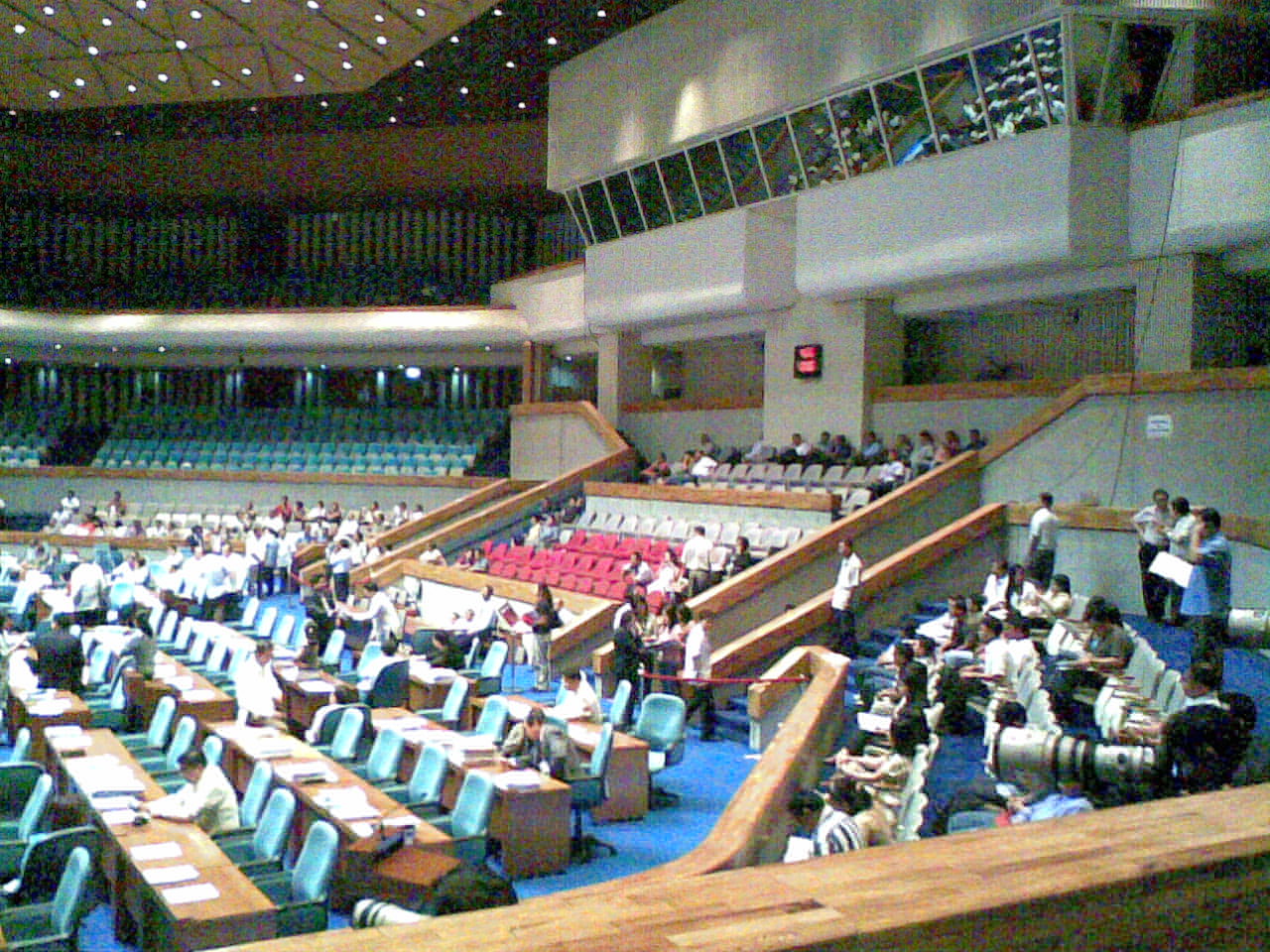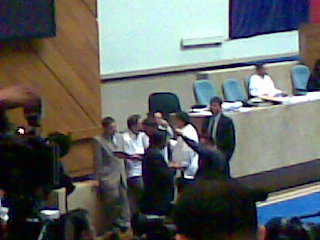






|
|
A Century's Worth
Some photos from my flickr account  |
March 29, 2008 A Century's Worth: UP through years of education, struggle and making history UP and its American heritage In 1908, the Commonwealth Legislature, with blessings from President Manuel L. Quezon, passed Act 1870 paving way for the creation of the University of the Philippines. The premier state university, first called the American University of the Philippines, started initially with a budget of P1000. The Colleges of Medicine and Surgery and Liberal Arts were constructed at Padre Faura, Manila while the College of Fine Arts were located on Hidalgo,Quiapo. According to Sec. 1 of the 100-year-old university Charter, UP is organized as a corporation. The charter also empowers the Board of Regents (BOR) to govern the university. 1939 when the BOR, UP's highest policy making body, approved the transfer of the university from Manila to Diliman. The BOR bought the 493-hectare site in Diliman for only one peso during President Elpidio Quirino's tenure. The Oblation, created by national artist for sculpture, Guillermo Tolentino, was inspired by the second stanza of Rizal's "Mi Ultimo Adios." The pedestal of the statue was formed from rocks from a river in Montalban, Rizal where Filipino guerillas and the Japanese had fierce encounters in World War II (Feliciano 1984, 31). "The Oblation," Tolentino said, "stands for all the unknown heroes who fell during the night." A cluster of katakalanta or wonder plant, which symbolizes the undying stream of heroism in the Filipino race, can be seen at the statue's feet. The plan to transfer the university's main campus from Manila to Diliman was delayed when World War II broke out. 
The war leveled the university. UP officials faced a gargantuan task of rebuilding the university from war shambles. Fortunately, the American government gave Filipino's a helping hand. The P12-million budget provided by the US-Philippines War Damage Commission jumpstarted a massive campus redevelopment. First quarter of 1949 when the Oblation, the university's spirit, was transferred from Padre Faura to Diliman. This momentous event was followed by the massive construction of a new campus in Quezon City. "The Diliman campus has afforded the premier state university an expanded setting for its ever-growing task of training leaders of the country," Bienvenido Gonzales, UP's fifth president, said during the historic transfer of UP. The UP Carillon, designed by National Artist for Architecture Juan de Jesus Nakpil, was inaugurated on August 1, 1952. The tower, which has 46 Holland-made bronze bells, was the first of its kind in Asia.  |
| Contact me: Hannah Joy Castillo |

|
Home · About · Articles · Links · Site Map |